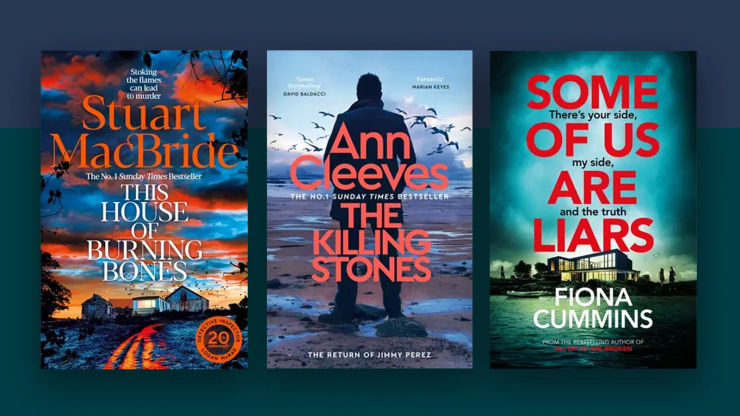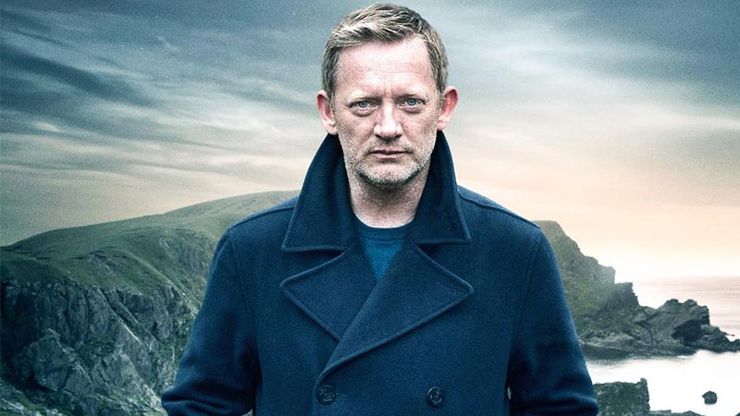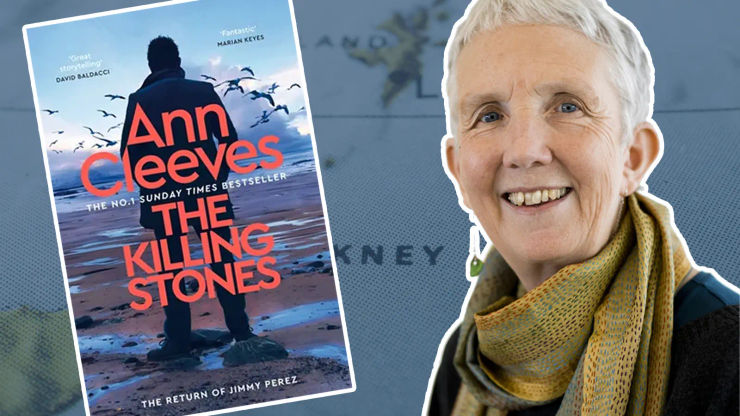Crime & Thriller

Jane Harper's books in order: a complete guide

The best cosy crime books to curl up with

The best psychological thriller books you won't be able to get out of your head

Unmissable new thriller books of 2026, vouched for by the experts

Books to read if you loved The Housemaid

The 50 best crime fiction books of all time

Peter James's bestselling Roy Grace books in order

David Baldacci's books in order: a complete guide

Peter James recommends six of the best crime novels to read this winter

Books to read if you like The Girlfriend

Ann Cleeves' Shetland series books in order

Ann Cleeves on her return to the Scottish Isles